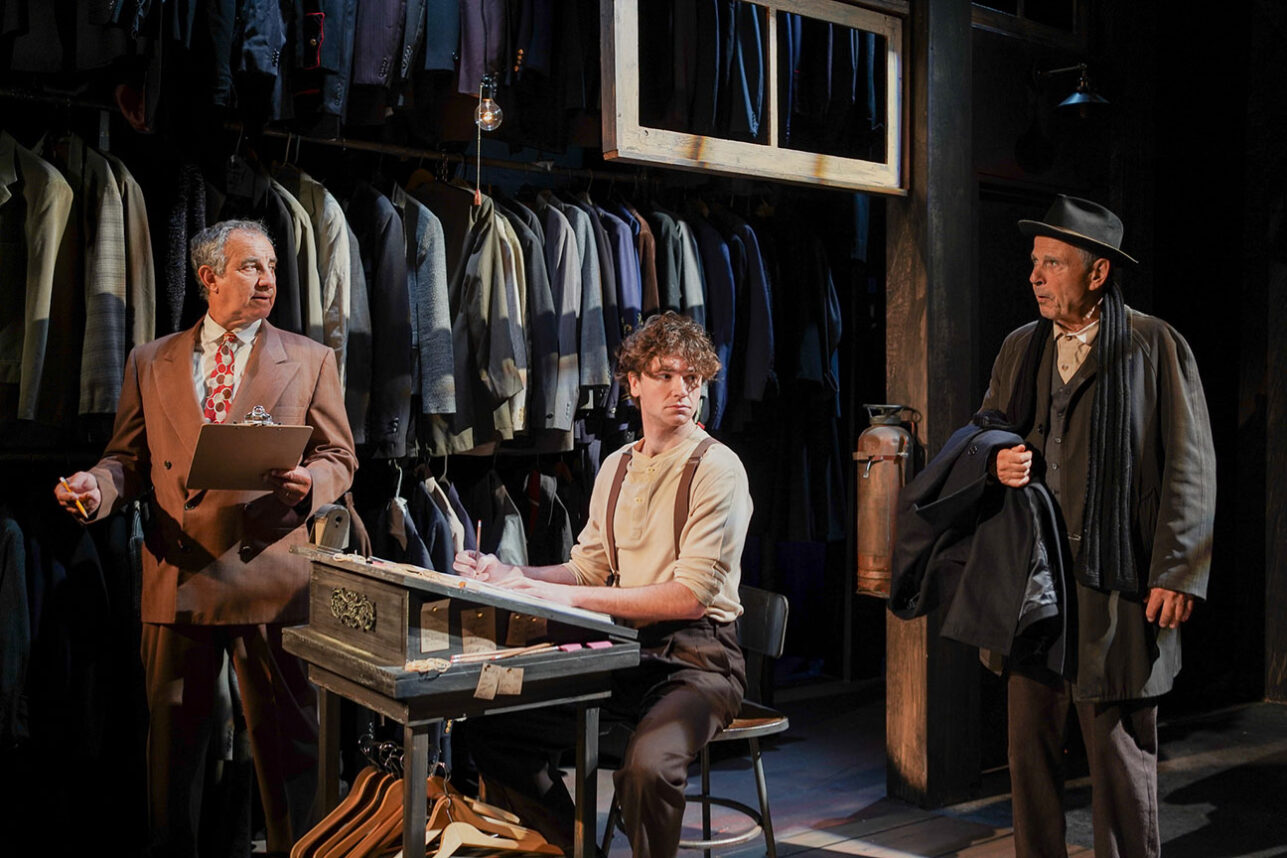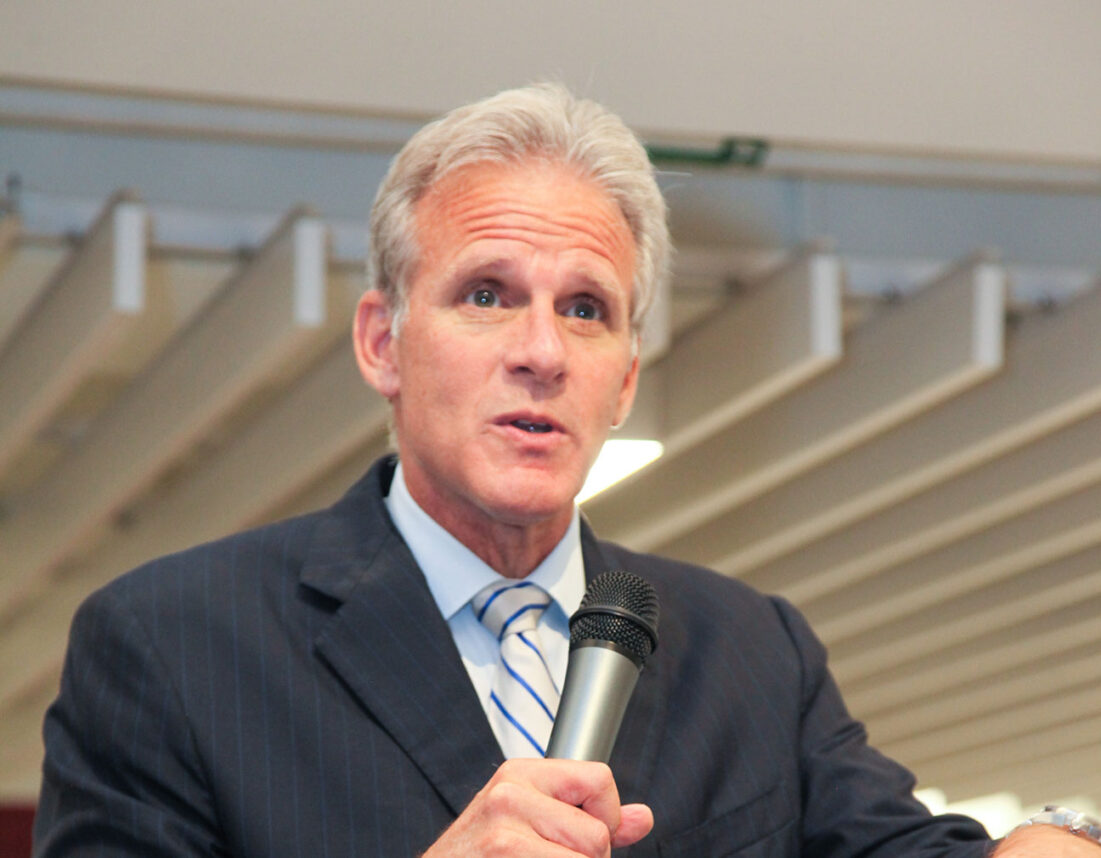On the evening of Jan. 17, 1994, Dr. Joel Geiderman, co-chair of Cedars-Sinai Medical Center’s department of emergency medicine, hailed a taxi at Los Angeles International Airport and headed straight for the hospital.
He’d been at his aunt’s funeral in Chicago, took the first plane out after the burial and arrived at Cedars’ emergency room shortly after 6 p.m. Geiderman remembers the day of the Northridge earthquake as the busiest in his career. “Back then, a normal day was about 175 [patients],” Geiderman said. “We saw 350 that day.”
He remembers the most common injury being lacerated feet — from people jumping out of bed and walking on broken glass.
Today, Geiderman and two other hospital officials say Cedars has done the best it can to prepare for the next big quake — retrofitting the hospital building and being prepared to create a mobile, outdoor hospital should the main structure be damaged, however unlikely that might seem.
“After the last earthquake, everybody in the world geared up for the next earthquake,” Geiderman said. “The reality is,” he cautioned, “we don’t know when the next thing is going to come.”
Which makes it all the more crucial that one of Los Angeles’ central medical arteries is ready for any possible eventuality.
In an earthquake, as in any emergency, triage is the first order of business — determining who needs immediate assistance and who can wait,
“You discharge patients that can be discharged and who have a safe place to go,” said Donna Earley, Cedars-Sinai’s director of environmental health and safety.
In addition to redirecting personnel to help with emergency cases, all elective surgeries are pushed back until things calm down.
Hospital staff train several times per year for just this kind of situation, so Cedars-Sinai is able to take a “forward-leaning posture” when it comes to disaster response, according to Ryan Tuchmayer, the hospital’s manager of disaster preparedness and response. Several times a year, volunteers play injured Angelenos, allowing doctors and nurses to drill in a real-time situation.
“It’s really important that you do it live, not just around a table,” Earley said. “You find out things in a live drill that you either overlook or you take for granted.”
One example? Wheelchairs.
Earley said staff noticed during one live drill that the hospital needed more wheelchairs on site, as well as enough people to push them, in case people come in unconscious or unable to walk.
Cedar’s also learned a lot from the Northridge quake. That time, for example, the hospital’s emergency command center flooded when interior pipes burst, flooding some rooms. Those pipes have now been “inspected, retrofitted and braced,” Early said.
But that’s not all. There’s a personal element to the hospital’s determination to be prepared: Cedars-Sinai CEO Thomas Priselac’s first day on the job was Jan. 17, 1994, the day of the quake.
A few days later, as a humorous gesture, employees passed out T-shirts that read, “I survived Tom Priselac’s first day on the job.”
Earley thinks her boss’s first-day experience may have left a permanent mark.
“[He’s] probably the most supportive CEO for disaster preparedness and response in the country,” she said.






















 More news and opinions than at a Shabbat dinner, right in your inbox.
More news and opinions than at a Shabbat dinner, right in your inbox.